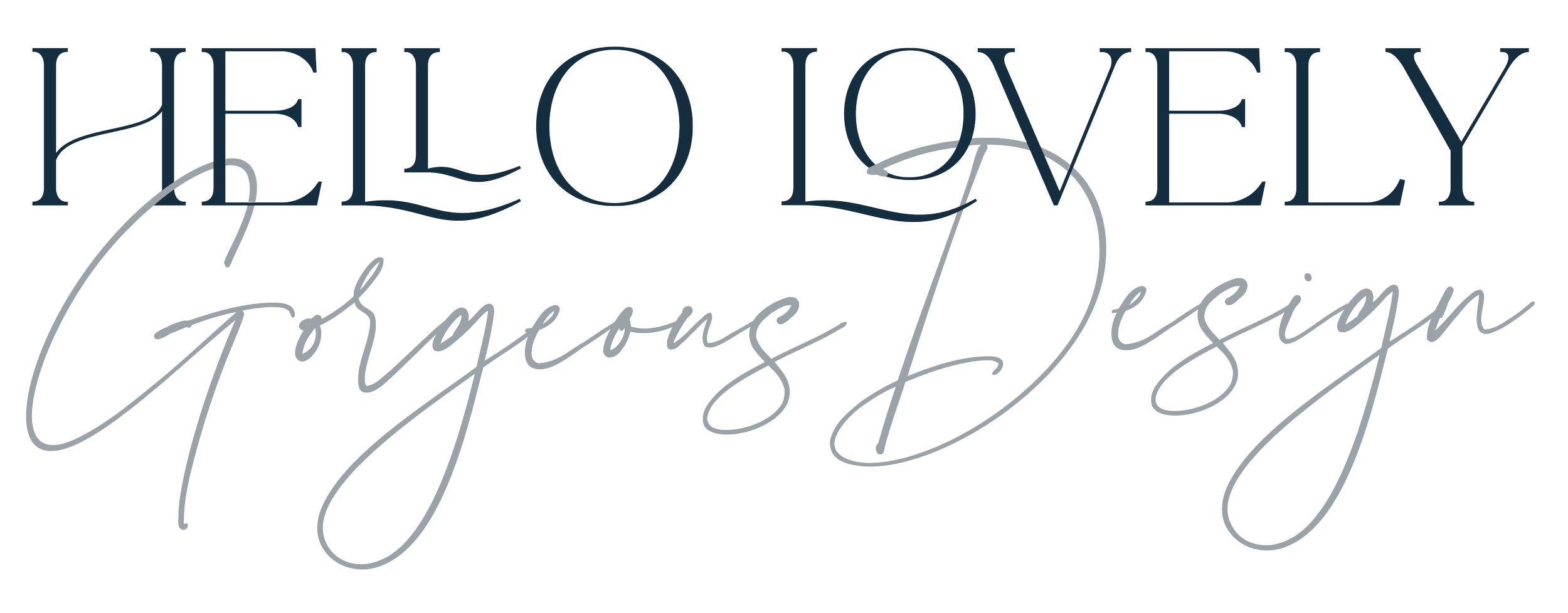A-Z of book publishing: design
A printers proof for the cover of Balsham, a village story 1617-2017 taken from print ready files supplied by Hello Lovely. Note that I have supplied the barcode for the ISBN, spine and a custom cover design with pull out information flaps.
Designers can provide more than just visuals for your book. We can also offer other elements to support new authors and publishers in their business by knowing about print, the ePublishing process, promotional material and websites. Without question authors and publishers will come up against one or two if not all four of these areas on their journey from manuscript to publication. What I do stress is that you always employ an experienced publishing designer as books and publishing require different technical and visual skills than you'd find in web design. Some designer have the experience in both, as I have, and can offer a full service or elements of it.
Here is my 22 point list of the areas where you can make best use of your designer. You may not need all these skills but it may help to understand what we can do to support you.
- Research the market with the author or publisher or for them It’s always been my job to keep an eye on the competition and to know who they are so my designs are better, stronger and future proof.
- Know the difference between the file types required for an ebook and a print PDF (and how to set up the spines, crops and why litho print is different to print on demand). And 'preflight' the file too (preflight means check for errors that will stop it being delivered for print or on any store).
- Use a well-designed typeface and know that not all fonts are created equal if it's free there's usually a reason for it unless it's on offer.
- Supply the file types required and on the appropriate platform to the right resolution.
- Can provide illustration work or know how to commission it.
- Provide and work with image libraries and photographers and clear the necessary rights if required.
- Keep the author or publisher ideas in check so the cover isn’t too busy or telling the entire story in one tiny image on Amazon and ask questions about an unclear brief before starting work.
- Keep it legible - the author or publisher wants readers to see the cover in all sizes.
- Make sure every part of the file is technically okay – delays at post-production stage cost money and time, especially in print if the press is idle or the files miss their print slot or the printer has to correct them.
- Know future trends and how to use them. Not all designers are typographic designers and this is an art form in itself.
- Use their software well. They will know when it’s right to use Indesign, Illustrator and Photoshop.
- Supply correctly set-up ISBN barcodes.
- Know why interior page design is an invisible support.
- Know why interior page design supports the way-finding of a book.
- Consider the marketing use when creating the design and supply marketing files.
- Make sure that the author or publisher's book is unique and not a design copy or template generated piece and relevant to your text - unique, just like the words.
- Deal with the author or publisher worries and concerns and also check with them about any queries they have or communicate with the editor.
- Ideally, have a good portfolio or qualifications/experience in publishing.
- Provide the author or publisher with a finished file with all corrections made and maybe help to load to the suppliers' site.
- Set up the spines and design as part of the book, not an add-on.
- Treat authors as a professional author at all times, because they are a professional designer by giving advice on best practice to help you avoid the pitfalls.
- Give the author or publisher an invoice. All of these areas are gained through skills, experience, training and expertise.
Do you have a book that you're working on and need some support? You can sign up for my newsletter to get a free PDF guide to self-publishing, and I'm happy to provide a free, no-obligation chat and quote. Get in touch to find out more.

